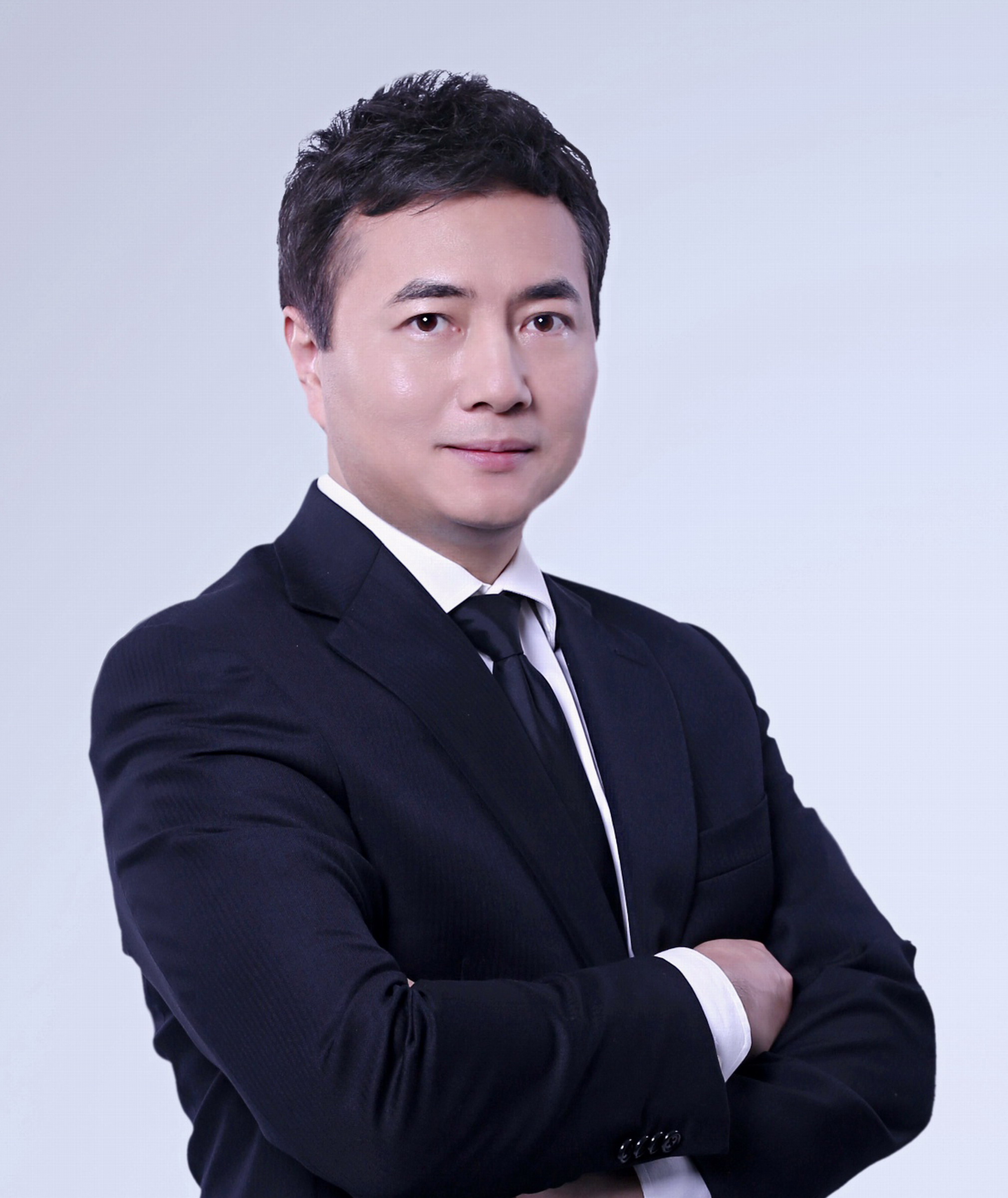

Department:Orthopedics
Medical School:Zhejiang University School of Medicine, China
Academic Rank:Chief Physician
Joint reconstruction, minimally invasive surgery, sports medicine (shoulder and knee surgery), regenerative therapy.
Vice-Chairman, Youth Committee of Chinese Sports Medicine Society
Committee Member, Chinese Shoulder and Elbow Surgery Society
Standing Committee Member, China Division of International Cartilage Repair Society
Committee Member, Asia-Pacific Knee, Arthroscopy and Sports Medicine Society
Committee Member, Chinese Sports Medicine Society
Committee Member, Sports Medical Association, Chinese Medical Doctor Association
Vice-Chairman, Shoulder and Elbow Surgery Committee, Sports Medicine Association, Chinese Medical Doctor Association
Standing Committee Member, International Cartilage Repair Society-China
Chairman, Chinese Orthopedic Elite Club (Sports Medicine)
Training, Joint Surgery & Arthroscopic Operation, Fukui Medical University School of Medicine, Japan
Training, Sports Medicine, University of Pittsburgh Medical Center, United States
Training, Sports Medicine, University of California Los Angeles, United States
Fellow, Knee Surgery, Hospital for Special Surgery, United States
Dai Xuesong*, et al. Preparation of an organic/inorganic composite tissue engineering scaffold characterized by reconstruction of calcified cartilage layer. College Journal of Zhejiang University (Medical Science). 2016,45(2):126-131.
Xuesong Dai*, et al. Biomimetic tendon extracellular matrix composite gradient scaffold enhances ligament-to-bone junction reconstruction. Acta Biomaterialia. 2017, 56:129140.
Dai Xuesong, Fang Jinhua, Jiang Lifeng, et al. How does the inclination of tibial component matter? A three-dimensional finite analysis of medial Mobile-bearing unicompartmental arthroplasty. The knee. 2018, 25:434-444.
Song H, Dai X*, Li J, et al. Hamstring co-contraction in the early stage of rehabilitation following anterior cruciate ligament reconstruction. American Journal of Physical Medicine & Rehabilitation. 2018, 97 (9), 666672
Yu XN, Dai XS*, et al. In vitro Chondrocyte Responses in Mg-doped Wollastonite/Hydrogel Composite Scaffolds for Osteochondral Interface Regeneration. Scientific Reports. 2018;8(1):1-9
Yu XN, Dai XS*, et al. NGF increases FGF2 expression and promotes endothelial cell migration and tube formation through PISK/Akt/MARK pathways in human chondrocytes. Osteoarthritis and Cartilage. 2019, 27(3):526-534
Xu T, Dai X*. Autologous Micro-Fragmented Adipose Tissue as Stem Cell-Based Natural Scaffold for Cartilage Defect Repair. Cell Transplant. 2019 Dec;28(12):1709-1720.
Fang JH, Dai XS*, et al. Lesions of the Long Head of the Biceps Tendon Concomitant with Rotator Cuff Tears: Tenotomy or Subpectoral Mini-open Tenodesis? A Comparative Short to Mid-term Follow-up Study. Orthop Surg. 2019 Oct;11(5):857-863.
Dai Xuesong, et al. Short to mid-term clinical and radiological outcomes after matrix associated autologous chondrocyte implantation for chondral defects in knees. Orthop J Sports Med. 2020 in press.
The mechanism of NGF regulating angiogenesis in subchondral bone and its role in reconstructing calcified layer in bone-cartilage defects. Funding Source: National Natural Science Foundation of China (81472063), 2014-2015.
The effects of autologous micro-fragmented lipoaspirate and adipose tissue-derived exosomes on in situ chondrocytes. Funding Source: National Natural Science Foundation of China (81772340) , 2018-2021.